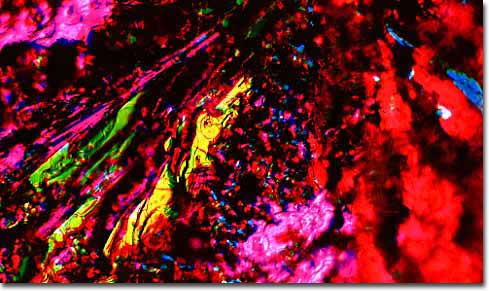|
Though familiar to ancient civilizations, mercury was not considered a chemical element until the late 1700s. Its early uses were medicinal, but modern science has revealed that mercury is toxic and may readily poison individuals through accidental consumption of the metal, inhalation of its vapors, or absorption through the skin. An unusual substance with a wide variety of uses, mercury is the only common metal that occurs as a liquid at room temperature. In 1911, mercury became the first substance ever discovered to exhibit superconductivity, a phenomenon that has been heavily researched ever since. Though a number of other substances have been found to demonstrate superconductivity as well, scientists still show significant interest in mercury-based superconductors.
|
